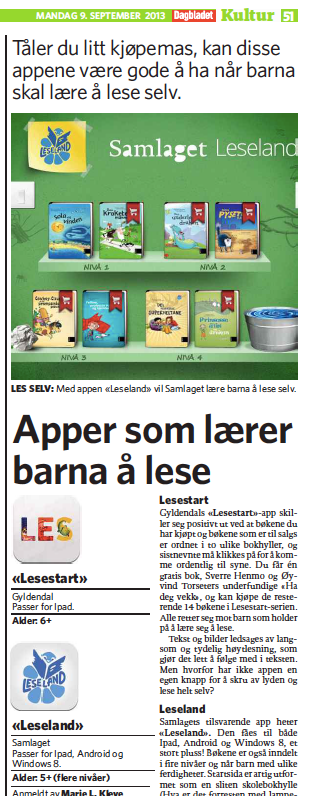This post may come across as pretty basic, but clients often ask me about this – so I thought I’d try to write a short overview. Even if nobody else does, at least I can refer to it when someone asks!
So, without further ado, let’s look at a few categories of ways of earning from apps as well as ebooks.
Free
So, this model sounds very simple – and it can be. But as the saying goes, there is no such thing as a free lunch. Publishers delivering their apps for free might get paid by creating value for other products (maybe they sell a paper book in the same series?) or maybe they are looking at an ad-based model, either directly or indirectly. Or maybe it is just seen as general marketing or even market research for a later product. Learning about potential customers is one way to get paid.
Paid app/content
This is the classical “hand me the hot dog and I’ll hand you the money”-scenario. Or rather, tap in your app store of choice, download the content such as app or ebook and charge my credit card as smoothly as possible.
This is a straightforward option. The customer might see the fact that he has to pay before knowing exactly what he is getting as a hurdle. Also, all major app stores charge a fee for selling your app or content this way. This can often be somewhere around 30 percent.
Subscription or paid service
A monthly subscription is an increasingly common way to get paid. The end user often pay a fee to access a library of content of some sort. Sometimes the content is the actual core service (ala Spotify), other times you can have an app as part of a larger offering (ala Dropbox).
The business model is ideal, for the seller, when the usage patterns are like my subscription at the local gym: Paid on time, seldomly used.
Freemium
Try before you buy was once pretty popular and will fall into the freemium (“free with premium”) category, but more commonly the freemium model involves a taster for free, but a requirement to pay to get the full version. The limitations on the free version vary a lot by type of content, but let’s look at few examples:
– giving away the first chapter of an ebook for free, but doing a traditional per-item pricing on the full ebook
– not charging the first month of a subscription service
– adding additional features by upgrading
– using in-app-purchase to purchase additional titles in a bookshelf app
For ebooks in particular, in addition to the model – choosing the particular channel (as well as technical format, which sometimes is dedicated by the channel, but that might be the topic of another post later) also becomes an important decision to make. Channels include, but are by no means not limited to, the ones we go through quickly below with a few keywords on each.
Amazon: Major ebook player, so far no huge success with its own (Android-based) app store. Huge in US and UK, #1 also many places in the rest of Europe. Marginal in large parts of Asia.
Google: Niche for ebooks, but very strong app store in Google Play. Relatively less willingness to pay for content among Android users, but fast growing user base in many (all?) markets. Huge potential.
Apple: Still the strongest App Store ecosystem for monetization, likely a number two in many markets with their ebooks offering (iBookstore). Relatively closed, but very smooth experience for the end user.
Online bookstores: Many online bookstores also sell ebooks. In some markets they are also operating shared distribution services, so that you can buy in any online bookstore and synchronize to the same app without manually moving files around. Norwegian Bokbasen (linked page in Norwegian) is one example of this type of common service.
Subscription services: Many subscription services start popping up, both for niches and larger general segments. Examples include Safari, Scribd, Oyster, Storytel (popular Nordic initiative primarily for audio books, but also for ebooks), Epic, etc. — even Amazon is doing one. This will be interesting to watch, also from an economic point of view. As far as we know, some of these aggregators are even letting the publishers still sell single titles and taking the risk of offering fixed price to the end user. That is likely to work better with mass adoption than with current specially interested super readers.
If you have comment/correction/additions to this list, let me know and I will be happy to discuss and update my list. The relative importance of the channels also vary quite a bit by geography.
Did you think I would write an entire blog post not mentioning our product? Of course not! But I’ll be brief: We support all of these models with our TapBookAuthor.com tool and supporting platforms, and in many cases the right choice for your content will be to combine several formats and channels. Feel free to reach out if you want to know more.



 How long do you have to work a place until you stop being “the new guy”? Right now there is no doubt Tudor has to live with this label. Luckily for him, we have no big tradition for having the new guy paying for the Christmas party – but thinking of it, never too late to start a tradition, right?
How long do you have to work a place until you stop being “the new guy”? Right now there is no doubt Tudor has to live with this label. Luckily for him, we have no big tradition for having the new guy paying for the Christmas party – but thinking of it, never too late to start a tradition, right?